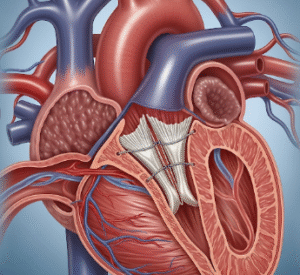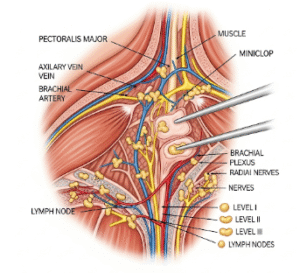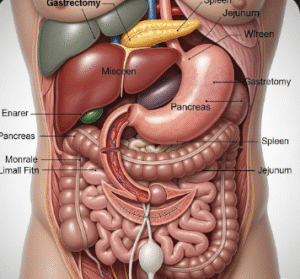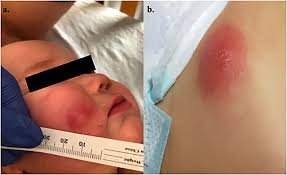Overview
Waldenström Macroglobulinemia (WM) is a rare type of non-Hodgkin lymphoma that affects the blood and bone marrow. It is characterized by the excessive production of abnormal white blood cells that secrete large amounts of a protein known as immunoglobulin M (IgM). This can lead to various complications, including impaired blood flow and immune dysfunction. While slow-growing, WM requires timely diagnosis and management.
What is Waldenström Macroglobulinemia?
Waldenström Macroglobulinemia is a cancer of the lymphoplasmacytic cells—white blood cells that have features of both B lymphocytes and plasma cells. These cells accumulate in the bone marrow and produce high levels of IgM, a type of antibody. This overproduction of IgM thickens the blood (a condition called hyperviscosity), which can cause a range of symptoms and complications. WM is considered an indolent (slow-growing) lymphoma but still requires clinical attention.
Symptoms
Common symptoms of Waldenström Macroglobulinemia include:
- Fatigue and weakness
- Weight loss
- Enlarged lymph nodes or spleen
- Easy bruising or bleeding
- Headaches, dizziness, or confusion (due to hyperviscosity)
- Numbness or tingling in the hands and feet (neuropathy)
- Vision problems
- Recurrent infections
Causes
The exact cause of Waldenström Macroglobulinemia is unknown, but it is associated with a genetic mutation, most commonly in the MYD88 gene. This mutation is believed to contribute to the abnormal survival and proliferation of lymphoplasmacytic cells.
Risk Factors
Risk factors that may increase the likelihood of developing WM include:
- Age – Most patients are over the age of 60
- Gender – Males are more commonly affected
- Family history – Genetic predisposition may play a role
- Ethnicity – Slightly more common in Caucasian populations
- Autoimmune diseases – Such as Sjögren’s syndrome or lupus
Complications
Untreated or poorly managed Waldenström Macroglobulinemia can lead to:
- Hyperviscosity syndrome – Thickened blood leading to bleeding, vision problems, and neurologic symptoms
- Peripheral neuropathy – Nerve damage causing pain or numbness
- Anemia and thrombocytopenia – Due to bone marrow infiltration
- Cryoglobulinemia – Presence of abnormal proteins that precipitate in cold temperatures
- Kidney dysfunction – In rare cases
Prevention
There is currently no known way to prevent Waldenström Macroglobulinemia since it is largely driven by genetic and environmental factors. However, early detection in high-risk individuals and prompt treatment can significantly reduce complications and improve prognosis. Genetic counseling may be useful for those with a family history.
Treatment Options in Korea
South Korea is equipped with cutting-edge hematology and oncology care, offering comprehensive treatment options for Waldenström Macroglobulinemia:
- Targeted therapy – Such as Bruton’s tyrosine kinase (BTK) inhibitors like ibrutinib, which are available in top Korean hospitals
- Chemotherapy – Using drugs like bendamustine, cyclophosphamide, or fludarabine to reduce abnormal cells
- Immunotherapy – Rituximab, an anti-CD20 monoclonal antibody, is commonly used
- Plasmapheresis – A procedure to reduce blood thickness in cases of hyperviscosity syndrome
- Bone marrow biopsy and genetic testing – Routinely performed in facilities like Seoul National University Hospital and Asan Medical Center for precise diagnosis and monitoring
- Supportive care – Including transfusions and treatment for neuropathy or infections
Multidisciplinary teams in Korea ensure personalized and effective care for patients with WM, often combining advanced diagnostics with global-standard therapies.













